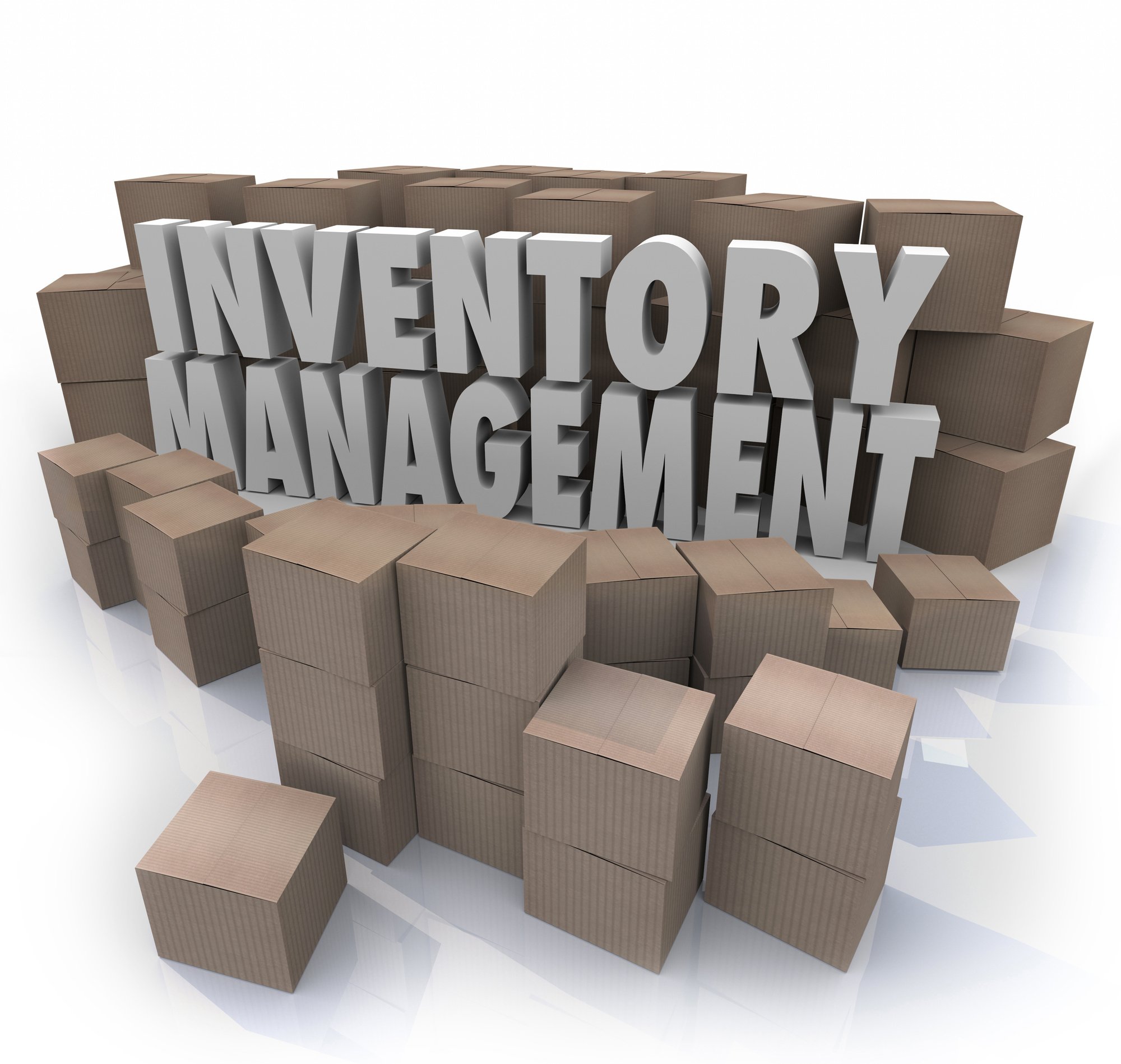Business inventory control definition – Business inventory control is a crucial aspect of supply chain management that involves monitoring, tracking, and managing the flow of inventory. It plays a vital role in optimizing inventory levels, reducing carrying costs, and ensuring the availability of goods to meet customer demand.
This comprehensive guide will delve into the definition of inventory control, its key objectives and functions, effective methods and techniques, real-world applications, and future trends and innovations in inventory control.
Inventory Control in Practice

Inventory control is crucial for businesses of all sizes. It ensures that businesses have the right amount of inventory on hand to meet customer demand while minimizing waste and spoilage. In this section, we will explore how inventory control is implemented in practice and discuss the challenges and opportunities associated with it.
To demonstrate the implementation of inventory control, let’s consider the example of a retail store. The store sells a variety of products, including clothing, electronics, and home goods. To manage its inventory effectively, the store uses a combination of manual and automated systems.
Challenges and Opportunities, Business inventory control definition
Implementing an effective inventory control system can be challenging. Some of the challenges include:
- Inaccurate data:If the data in the inventory system is inaccurate, it can lead to incorrect decisions about inventory levels.
- Lack of visibility:If the business does not have a clear view of its inventory levels, it can lead to stockouts or overstocking.
- Inefficient processes:If the inventory control processes are inefficient, it can lead to delays and errors.
However, there are also opportunities associated with implementing an effective inventory control system. These include:
- Improved customer service:By having the right amount of inventory on hand, businesses can improve customer service by reducing stockouts.
- Reduced costs:By minimizing waste and spoilage, businesses can reduce costs.
- Increased efficiency:By streamlining inventory control processes, businesses can improve efficiency and productivity.
Recommendations for Optimizing Inventory Control Practices
To optimize inventory control practices, businesses should consider the following recommendations:
- Use a combination of manual and automated systems:This can help to improve accuracy and efficiency.
- Implement a regular inventory audit process:This can help to identify and correct any errors in the inventory data.
- Use data analytics to improve forecasting:This can help to ensure that businesses have the right amount of inventory on hand.
- Collaborate with suppliers:This can help to ensure that businesses receive inventory on time and in the correct quantities.
By following these recommendations, businesses can optimize their inventory control practices and maximize the benefits of inventory control.
Future Trends and Innovations in Inventory Control

Emerging technologies are revolutionizing inventory control, leading to significant advancements in efficiency, accuracy, and cost optimization.
Artificial Intelligence (AI) and Machine Learning (ML)
AI and ML algorithms are transforming inventory management by automating tasks, improving forecasting, and optimizing stock levels. These technologies analyze historical data and real-time information to identify patterns, predict demand, and adjust inventory levels accordingly. By automating repetitive tasks, AI and ML free up human resources to focus on more strategic initiatives.
Internet of Things (IoT)
IoT devices, such as sensors and RFID tags, are connecting inventory items to the digital world. This enables real-time tracking of inventory levels, allowing businesses to monitor stock movements and identify potential discrepancies. IoT devices can also trigger alerts when stock levels reach predefined thresholds, ensuring timely replenishment and preventing stockouts.
Benefits and Challenges
Benefits:
- Increased efficiency and reduced labor costs
- Improved accuracy and reduced errors
- Enhanced forecasting and demand planning
- Optimized inventory levels and reduced carrying costs
- Improved customer satisfaction through reduced stockouts
Challenges:
- Cost of implementation and maintenance
- Data security and privacy concerns
- Integration with existing systems
- Need for skilled workforce to manage and interpret data
- Potential for disruption during implementation
Wrap-Up: Business Inventory Control Definition

In conclusion, business inventory control is an essential practice for businesses of all sizes. By implementing effective inventory control systems, businesses can optimize their inventory levels, reduce costs, improve customer service, and gain a competitive advantage in the market.
As technology continues to advance, businesses should embrace emerging trends and innovations in inventory control to further enhance their operations and stay ahead of the curve.
